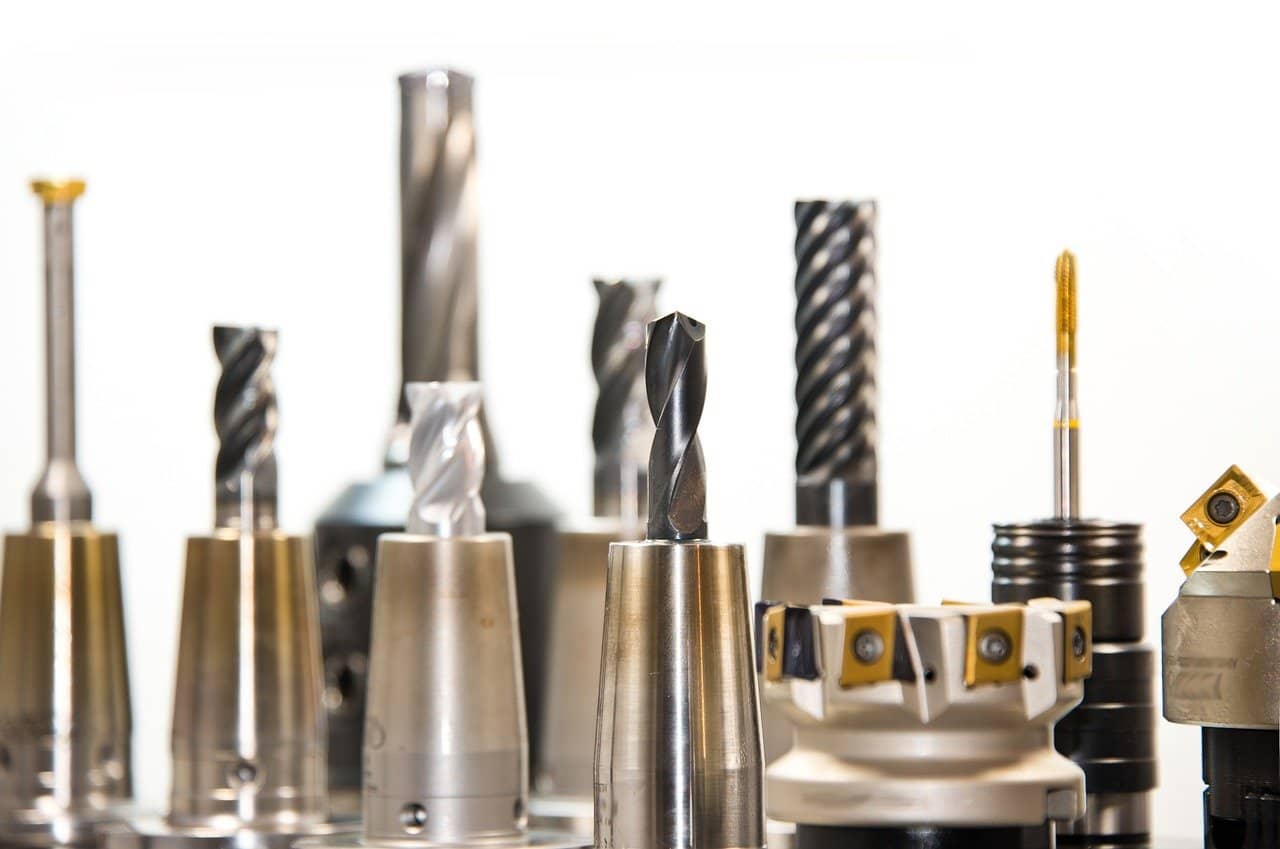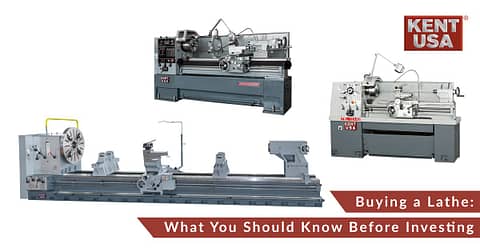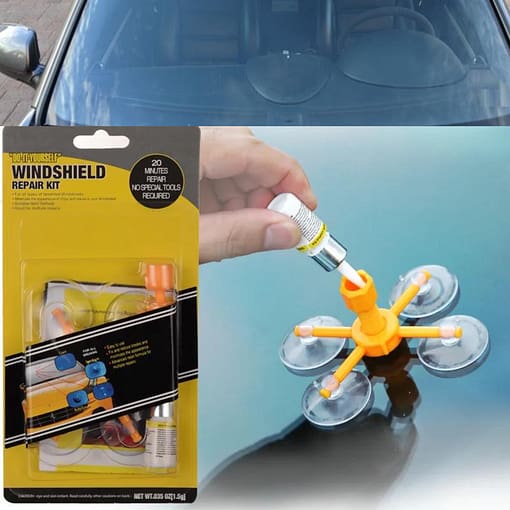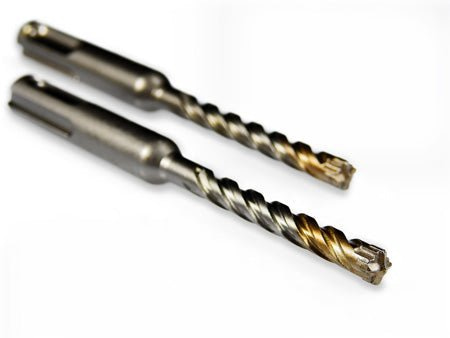So, you’ve decided to venture into the world of metalworking with a shiny new metal lathe. Exciting times ahead! But before you can unleash your creativity and bring those metal masterpieces to life, it’s important to know exactly what tools you’ll need to accompany your trusty lathe. In this article, we’ll break it down for you, providing a comprehensive list of essential tools that will ensure smooth sailing on your metalworking journey. From cutting tools to measuring instruments, we’ve got you covered. Let’s dive in and equip you with the essentials for your metal lathe adventure!
Essential Tools
Having the right tools is crucial when working with a metal lathe. They can make your job easier, safer, and more efficient. Here are the essential tools you’ll need for your metal lathe:
Cutting Tools
Cutting tools are essential for shaping and machining metal on a lathe. They come in various shapes and sizes, and each serves a specific purpose. Some common cutting tools include:
Tool Bits
Tool bits are the most basic cutting tools used on a metal lathe. They are made of high-speed steel or carbide and come in various shapes, such as square, round, or diamond. Tool bits are versatile and can be ground to different angles to perform various cutting operations.
Boring Bars
Boring bars are used to enlarge or smooth out existing holes in metal workpieces. They are inserted into the workpiece and rotated to remove material and create a more accurate and precise hole. Boring bars come in different lengths and diameters to accommodate various machining requirements.
Parting Tools
Parting tools are used to cut off or separate sections of a workpiece. They have a thin blade, similar to a saw, and are ideal for creating grooves, cutting threads, or parting off finished parts from the main workpiece. Parting tools need to be sharpened regularly to ensure clean and precise cuts.
Thread Cutting Tools
Thread cutting tools are essential when you need to create screw threads on a metal workpiece. These tools are designed with specially shaped cutting edges that match the desired thread pitch. They allow you to create internal and external threads of different sizes and thread angles.
Measuring Tools
Accurate measurements are crucial in metalworking, and that’s where measuring tools come in. They enable you to determine precise dimensions and ensure your workpiece meets the required specifications. Some common measuring tools for a metal lathe include:
Micrometer
Micrometers are precision measuring instruments used to measure small distances or thicknesses with high accuracy. They consist of a calibrated screw and a measuring spindle, and they provide precise readings in increments as small as 0.001mm. Micrometers come in different sizes and types, including outside, inside, and depth micrometers.
Calipers
Calipers are versatile measuring tools that come in various types, such as Vernier, dial, and digital. They allow you to measure both inside and outside dimensions of a workpiece. Calipers provide quick measurements and are often used for comparing dimensions or transferring measurements.
Dial Indicators
Dial indicators are useful for measuring and detecting small variations in dimensions or alignment. They have a clock-like dial that displays measurements and is attached to a movable spindle. Dial indicators can be used to check the concentricity of workpieces, measure runout, or align parts accurately.
Depth Gauges
Depth gauges, as the name suggests, are used to measure the depth of holes or the distance between a surface and a reference point. They have a fixed base and a movable rod that extends and retracts to measure depths accurately. Depth gauges are particularly useful when you need to ensure consistent hole depths.
Thread Gauges
Thread gauges are essential if you frequently work with threaded parts. They come in different forms, including ring gauges and plug gauges, and allow you to check the pitch, size, and fit of thread profiles on your workpiece. Thread gauges help ensure precise thread quality and compatibility.
Holding and Clamping Tools
Holding and clamping tools are vital for securing workpieces during the machining process. They provide stability and prevent movement, ensuring accurate and safe machining operations. Some commonly used holding and clamping tools for a metal lathe include:
Chucks
Chucks are primary holding devices used to secure workpieces on a lathe. They grip the workpiece tightly and allow rotational movement during machining. Chucks come in different types, such as three-jaw chucks, four-jaw chucks, and collet chucks, offering versatility in holding various workpiece shapes and sizes.
Collets
Collets are specialized holding tools that provide precise and concentric clamping for cylindrical workpieces. They are inserted into the lathe spindle and grip the workpiece firmly, ensuring accurate rotational movement. Collets come in different sizes and types, such as round, square, or hexagonal, to accommodate different workpiece shapes.
Vise
Vises are versatile holding tools commonly used in metalworking. They provide a secure and stationary grip for workpieces that don’t require rotational movement. Vises typically have jaws that can be adjusted to hold workpieces of various sizes and shapes. They are useful when you need to perform milling or drilling operations on your lathe.
Mandrels
Mandrels are used when you need to work with hollow workpieces or those with a central bore. They are inserted into the workpiece and expand, securing it firmly. Mandrels ensure stability during machining and are often used when turning or boring long, thin workpieces like pipes or shafts.
Safety Equipment
Safety should always be a top priority when working with a metal lathe. Using the appropriate safety equipment can prevent accidents and minimize the risk of injury. Here are some essential safety equipment items:
Safety Glasses
Safety glasses protect your eyes from flying debris, metal shavings, and other hazards during machining operations. They should be impact-resistant and offer good coverage to shield your eyes from all angles.
Ear Protection
The sound produced by metalworking machines can be loud and harmful to your hearing. Ear protection, such as earplugs or earmuffs, should be worn to reduce noise levels and prevent long-term hearing damage.
Gloves
Gloves provide protection for your hands when handling sharp or hot materials. They can also offer a better grip on tools and workpieces, enhancing safety and control. Choose gloves that are suitable for metalworking and provide good dexterity.
Apron
An apron can protect your body and clothing from metal shavings, coolant splashes, and other debris. Look for an apron made of durable materials that cover your front and sides adequately.
Face Shield
A face shield offers additional protection for your face and neck. It is particularly useful when machining large workpieces or performing operations that generate chips or sparks. A face shield should be worn in conjunction with safety glasses to provide full coverage.
Tool Storage
Properly storing your tools not only keeps them organized but also prolongs their lifespan and ensures they remain in good working condition. Consider investing in suitable tool storage solutions such as:
Toolbox
A toolbox is a portable and versatile tool storage option. It allows you to keep your essential tools organized and easily accessible. Look for a sturdy toolbox with compartments or trays to keep different types of tools separate.
Tool Chest
A tool chest provides a larger and more robust storage solution compared to a toolbox. It typically consists of multiple drawers and compartments, offering ample space for storing a wide range of tools. Look for a tool chest with secure locking mechanisms to prevent unauthorized access.
Tool Cabinet
A tool cabinet is similar to a tool chest but with a taller and narrower design. It is often used in professional workshops and provides efficient storage for large collections of tools. A tool cabinet usually has a lockable door, ensuring the security of your valuable tools.
Wall-mounted Tool Organizer
A wall-mounted tool organizer can help maximize workspace efficiency by keeping your most frequently used tools within arm’s reach. It typically consists of hooks, shelves, and trays that can be customized to accommodate different tools and accessories. Look for a sturdy organizer that can support the weight of your tools.
Optional Tools
In addition to the essential tools mentioned above, there are optional tools that you may find useful for specific metalworking tasks. While not necessary for every project, these tools can enhance your capabilities and improve the quality of your work. Some optional tools for a metal lathe include:
Knurling Tools
Knurling tools are used to create a texture or pattern on the surface of a workpiece. They are commonly used on handles, knobs, or other parts that require improved grip or aesthetic enhancement. Knurling tools consist of two rotating wheels with engraved patterns that press into the workpiece.
Live Center
A live center is a rotating center point that supports the workpiece during machining operations. It provides additional support to prevent workpiece deflection and promotes better accuracy. Live centers are particularly useful when working with long or thin workpieces that may sag or bend under their weight.
Steady Rest
A steady rest is another tool that helps support long and thin workpieces during machining. It is designed to minimize vibrations and prevent workpiece flexing. Steady rests have adjustable arms that can be moved closer to the workpiece, providing additional stability when needed.
Follow Rest
A follow rest is similar to a steady rest but is used to support the workpiece closer to the cutting tool. It operates opposite to the cutting direction, providing support and preventing the workpiece from bending or deflecting during machining. Follow rests are often used when turning or boring long workpieces.
Indexable Carbide Inserts
Indexable carbide inserts are replaceable cutting tips that are mounted on tools such as boring bars or turning tools. They are made of hard-wearing carbide and allow for quick and easy tool changes. Indexable carbide inserts provide excellent cutting performance and can last longer than traditional tool bits.
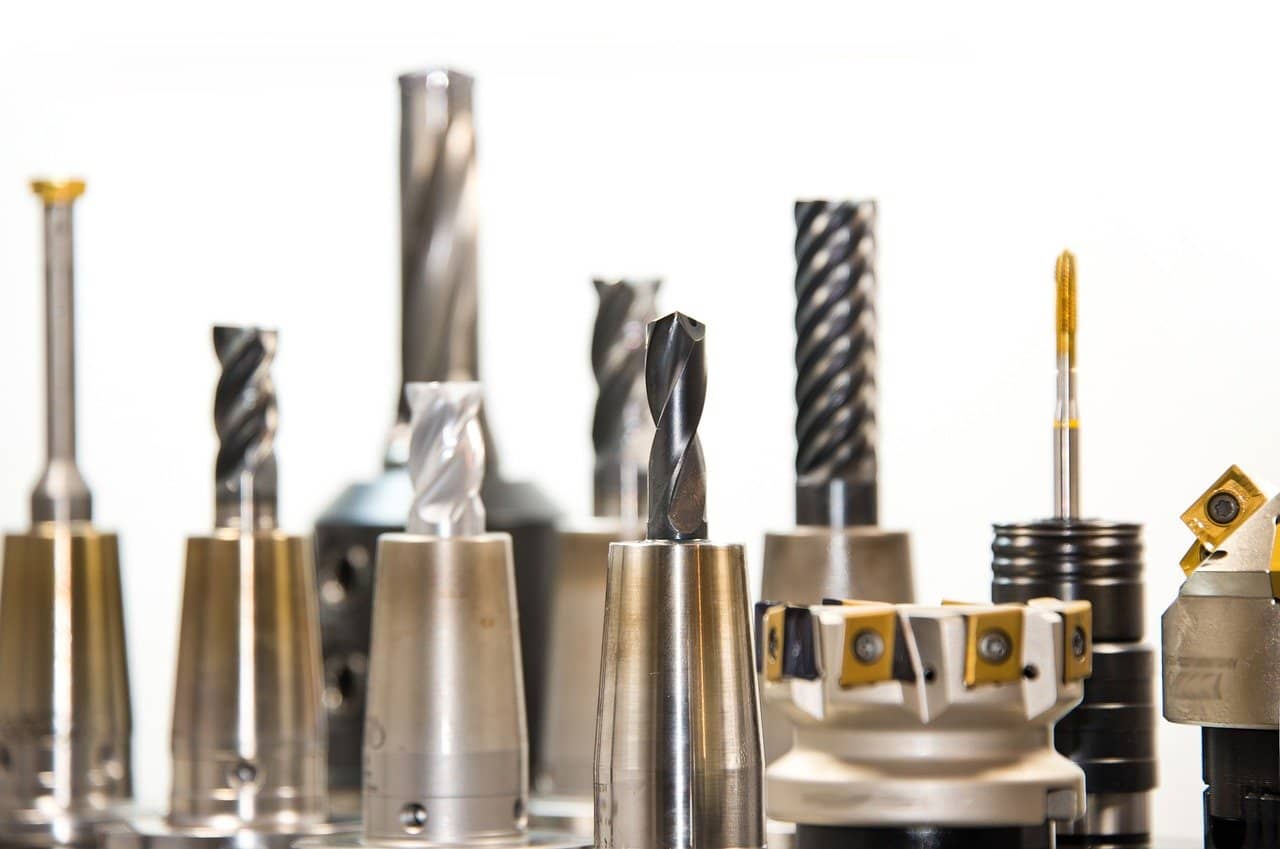
Maintenance Tools
To keep your metal lathe in good working order and ensure its longevity, regular maintenance is essential. Using the following maintenance tools will help you keep your lathe in optimal condition:
Cleaning Brushes
Cleaning brushes are used to remove chips, debris, and coolant from your lathe and its components. They come in different sizes and bristle types to suit different cleaning requirements. Regularly cleaning your lathe prevents the buildup of contaminants that can affect performance and accuracy.
Lubricants
Lubricants, such as cutting oils or greases, are used to reduce friction and wear on moving parts. They help ensure smooth operation and extend the lifespan of your lathe. Follow the manufacturer’s recommendations for lubricating specific components and use suitable lubricants for different areas of your lathe.
Spanner Wrench
A spanner wrench is a specialized tool used to tighten or loosen specific nuts, collets, or chucks. It provides the necessary grip and leverage to secure or release these components properly. A spanner wrench may be specific to your lathe model or a general-purpose model that suits various lathe types.
Alignment Tools
Alignment tools, such as dial indicators or test bars, are used to ensure the accuracy and alignment of your lathe’s components. They can be used to measure runout, check spindle alignment, or verify the perpendicularity of cutting tools. Regularly checking and aligning your lathe ensures precise machining results.
Accessories
In addition to the essential and optional tools, several accessories can improve the functionality and versatility of your metal lathe. These accessories may not be tools themselves but can enhance your overall metalworking experience. Some commonly used lathe accessories include:
Coolant System
A coolant system is essential when working with metal lathes. It helps dissipate heat, lubricates cutting surfaces, and removes chips and debris. Different types of coolant systems are available, such as flood coolant, mist coolant, or cartridge-style systems. Choose a coolant system that suits your specific machining needs.
Quick Change Tool Post
A quick change tool post allows you to rapidly swap out different tool holders without the need for time-consuming adjustments. It provides improved tool positioning and reduces downtime when changing tools. Quick change tool posts are particularly useful in high-production environments or when using a variety of tooling.
Tool Holders
Tool holders are used to secure various cutting tools, such as tool bits or carbide inserts, in place. They provide stability and ensure accurate positioning during machining operations. Tool holders come in various designs, including boring bar holders, turning tool holders, and parting tool holders, to accommodate different cutting tool types.
Digital Readout
A digital readout system displays the precise position of your lathe’s carriage or cross slide. It helps you accurately measure and control the movement of your cutting tools, improving machining accuracy and repeatability. Digital readouts can be installed as an add-on accessory to existing lathes.
Rotary Table
A rotary table is a versatile accessory that allows you to perform precise milling or drilling operations on your lathe. It provides rotational movement and precise indexing of the workpiece, enabling complex machining tasks. Rotary tables come in different sizes and configurations to suit various lathe models.
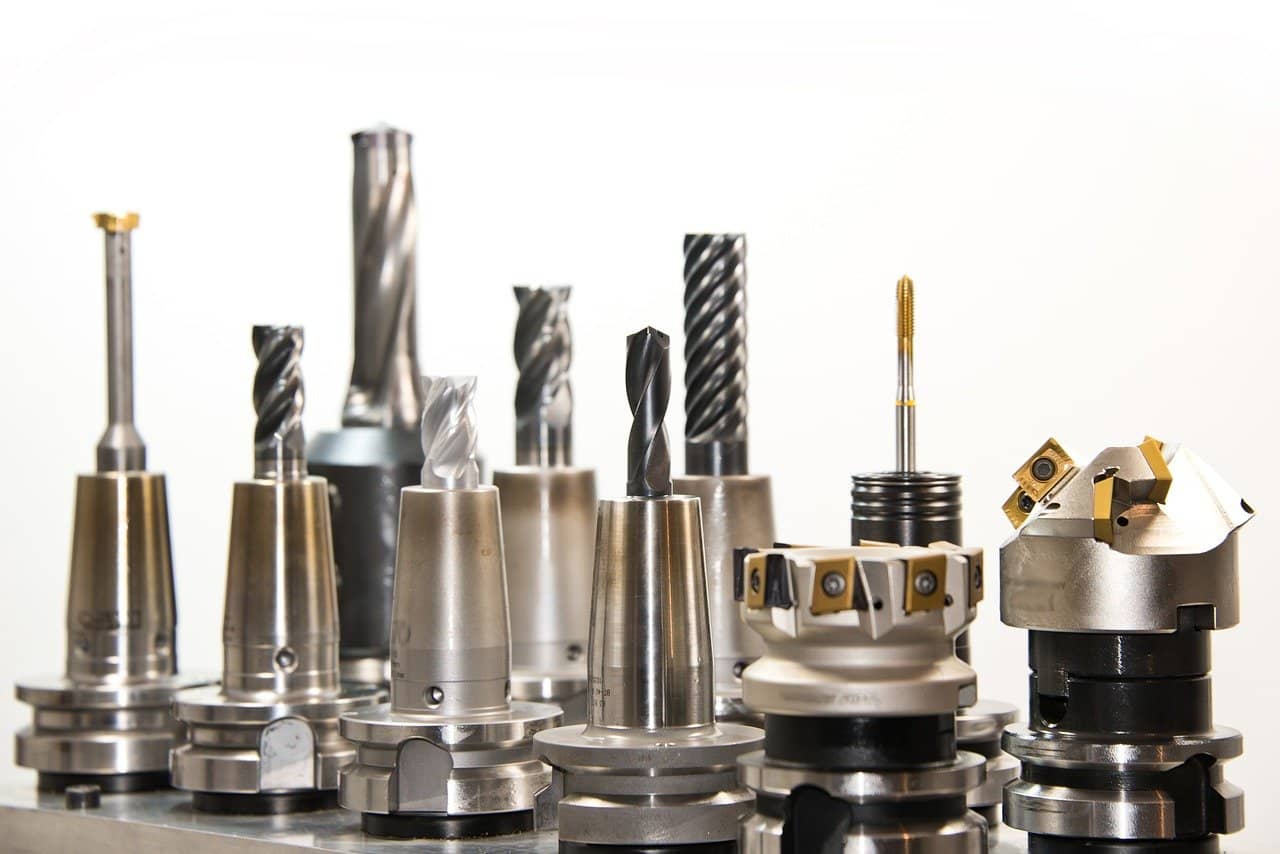
Recommended Tool Brands
Choosing reliable and high-quality tool brands can significantly impact the performance and durability of your metal lathe tools. Here are some recommended tool brands known for their excellence in the metalworking industry:
Kennametal
Kennametal is a global leader in metalworking solutions, offering a wide range of cutting tools, tool holders, and accessories. They are known for their innovative products and high-quality standards, making them a top choice for many lathe operators.
Sandvik Coromant
Sandvik Coromant is a renowned supplier of metal cutting tools and tooling systems. They specialize in developing advanced solutions for machining applications, offering a comprehensive range of tools for turning, boring, threading, and more.
Mitsubishi Materials
Mitsubishi Materials is recognized for its cutting-edge technology and extensive product portfolio. They manufacture a diverse range of cutting tools and indexable carbide inserts, catering to various metalworking applications.
Iscar
Iscar is a leading manufacturer of precision carbide metalworking tools. They offer a wide selection of cutting tools, tool holders, and inserts designed to enhance productivity and machining performance.
Seco
Seco is a global provider of metal cutting solutions, offering a broad range of tools and tooling systems. They are known for their extensive knowledge in metalworking and have a reputation for high-quality products and reliable customer support.
In conclusion, having the essential tools for your metal lathe is crucial for successful and efficient machining operations. Whether it is cutting tools, measuring tools, holding and clamping tools, safety equipment, or tool storage solutions, each category plays a vital role in ensuring accurate and safe metalworking. Optional tools, maintenance tools, and accessories further enhance your capabilities and help maintain your lathe’s performance. By choosing reliable tool brands, you can trust in the quality and durability of your tools, ensuring they meet your metalworking needs.
